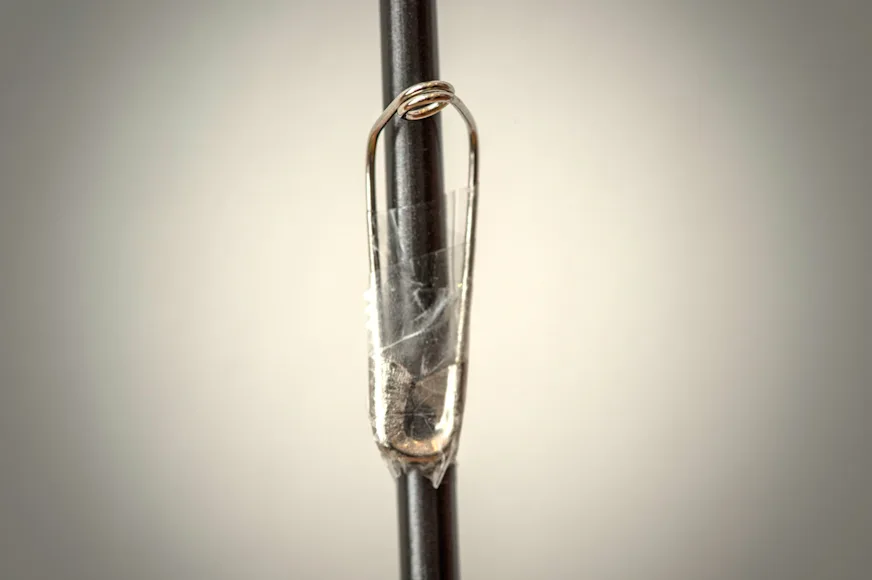Flyfishing isn’t easy—and that’s part of the appeal. But, after decades of chasing trout, I’ve come across a handful of tricks that make life simpler for anglers. Some of these tips will save you money and time, others will spare you agony and annoyance, but they will all, in one way or another, make your time on the water more enjoyable and productive.
Repair a broken guide with a safety pin
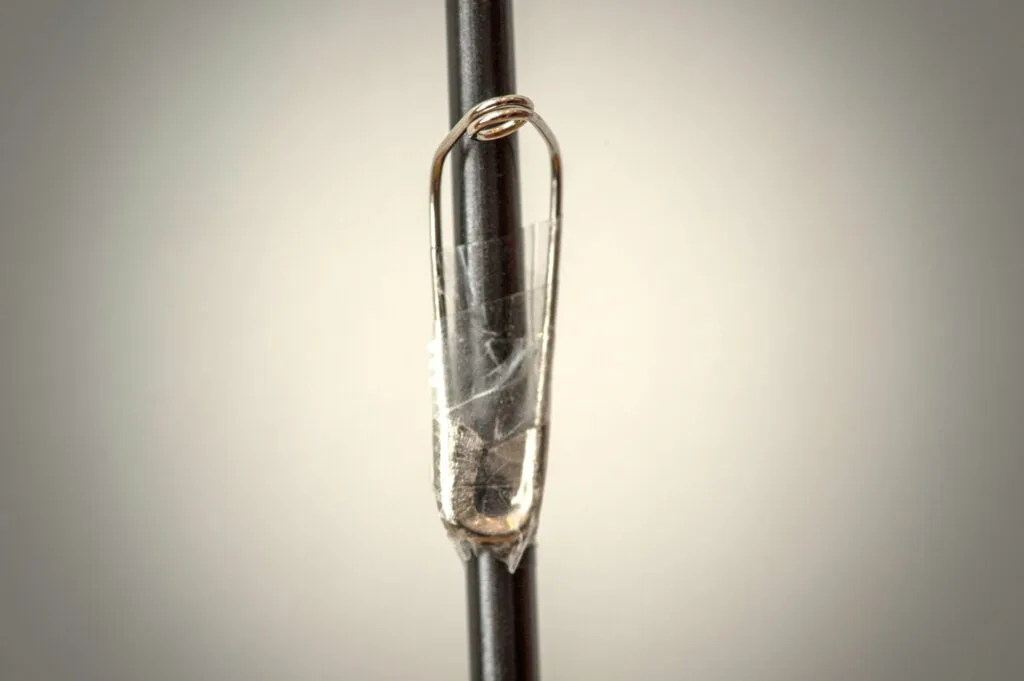
One more reason to always have safety pins on hand. Tim Romano
This trick won’t work for every guide, but, more often than not in a pinch, it can get you through a day of fishing. If you break off a guide, find a large safety pin and bend the circular, coiled end at 90 degrees. Then, set the long, flat side of the safety pin against the rod, so that the circular end sticks out at the top, forming a new guide. You can adhere the safety pin to the rod with whatever you have on hand—dental floss, monofilament, tape, wire, etc.
Store loose hooks and flies in a $5 magnetic tray
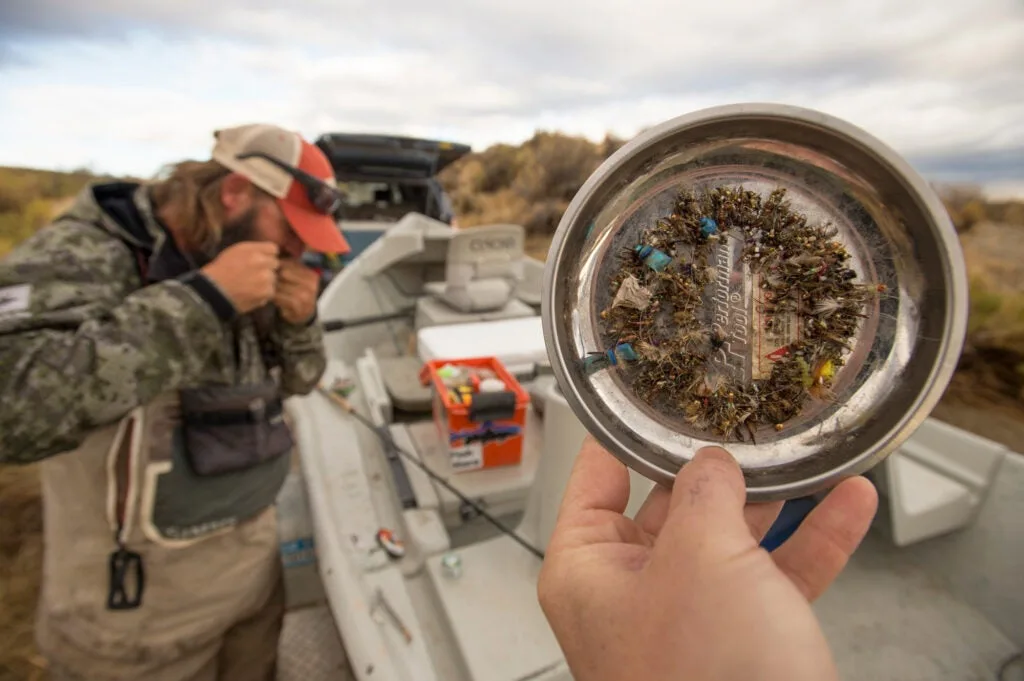
This nifty little bowl will keep all of your small fishing odd and ends in one place. Tim Romano
Hit up your local car-repair or hardware store and source a magnetic steel bowl. They’re small—usually 4 inches wide—fairly robust, and work wonders for storing tying beads, hooks, and other fly materials. They’re also wonderful contraptions if you own a boat and are constantly switching rigs. Simply clip off a fly, throw it in the bowl, and deal with the mess later. You can trust that, once in one of these magnetic bowls, the fly isn’t going anywhere.
A simple fix for oarlocks on the river
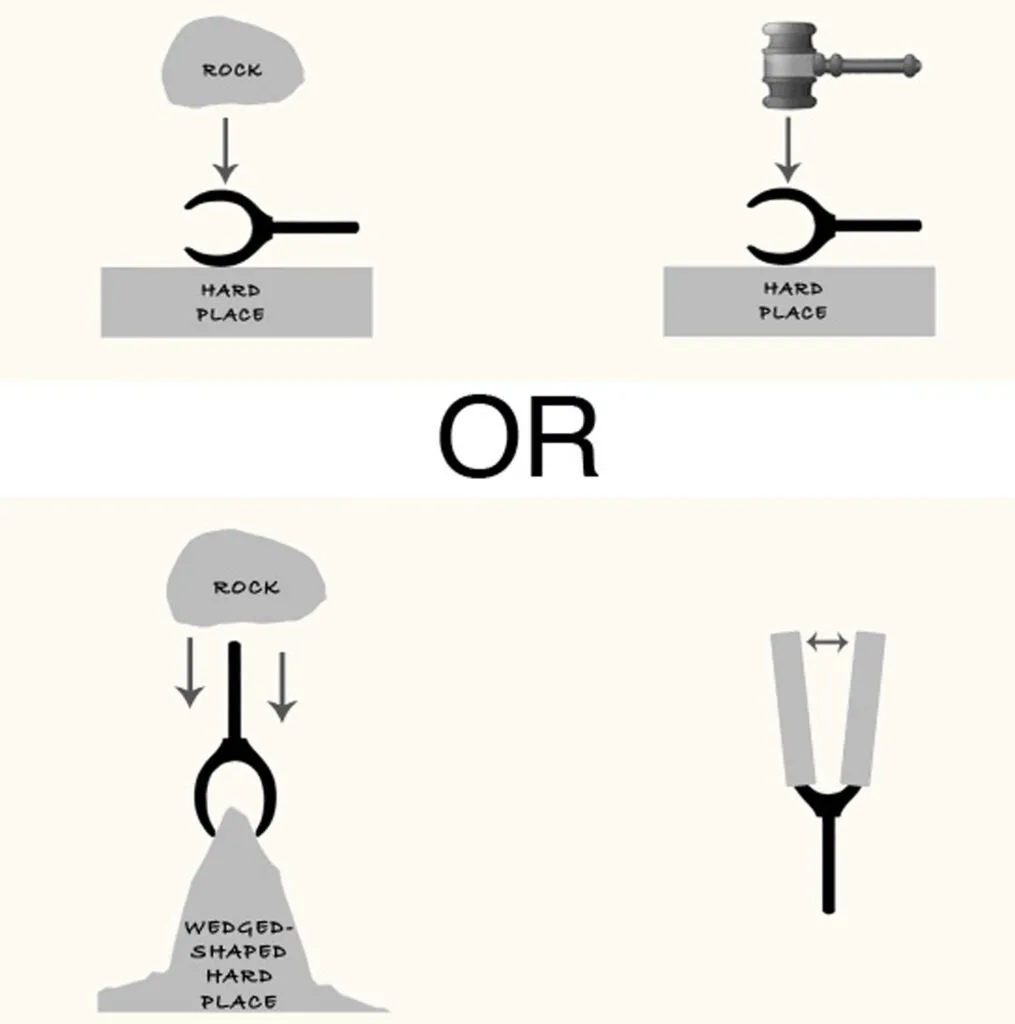
Make sure you’re stuck between a rock and a hard place. Courtesy Sawyer Paddles & Oars
One day you’re going to need to fix an oarlock on the river—it’s only a matter of time. Pulling off this repair without heavy tools or a shop can prove tough. But all you really need for this down-and-dirty job is a flat spot and a heavy rock that you can swing. To tighten the oarlock, flip it sideways, so it stands tall, on a solid surface, then hammer the rounded outside edges with the rock, or another heavy object. To widen the oarlock, place it upside down, with the opening on a hard, wedge-shaped rock, and then tap the bottom of the shaft with a heavy instrument.
This video walks through the basic idea pretty well:
No strike indicator? Hit the junk drawer
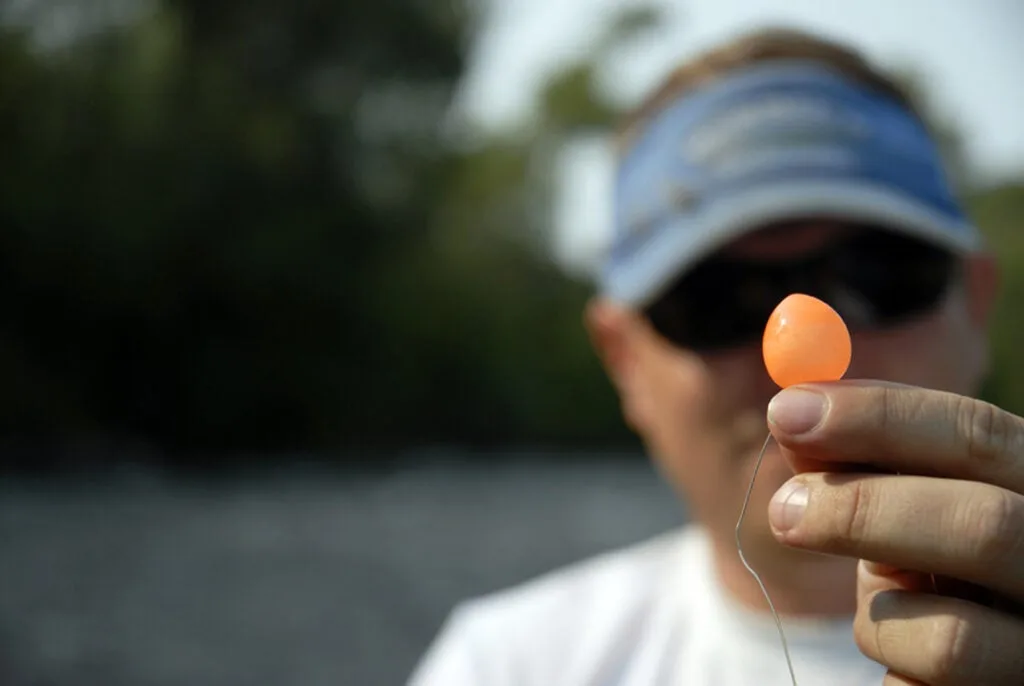
In times of need, use a balloon as a strike indicator. Tim Romano
If you’ want to nymph but don’t have any strike indicators, rummage around your junk drawer or kid’s room for some water balloons. The local party store will no doubt have a cache, too. Blow up the balloon 10 percent of the way and, violà—you have what amounts to a thingamabobber-style indicator. Trim off the tag end of the balloon, and it should be clean to cast.
Fix a ripped fishing net with a wader-repair kit

A repair that’s quick and easy on fish. Aquaseal
This one is easy: If your net gets a hole, take a plastic patch from your wader-repair kit, or a zip-top bag for bigger holes, and smear Aquaseal over it. Use the patch as a backing on the outside of the net and then connect the frayed strands on the inside. Let the Aquaseal dry for 12 to 24 hours and then remove the plastic backing. The Aquaseal should hold together the netting material, so it’ll be ready for the river again. Aquaseal is nice and slippery, too, so it’s easy on fish. Pro tip: UV-activated Aquaseal dries more quickly than the normal formula if you’re itching to get back on the water.
Use archery-fletching powder instead of super-expensive shake
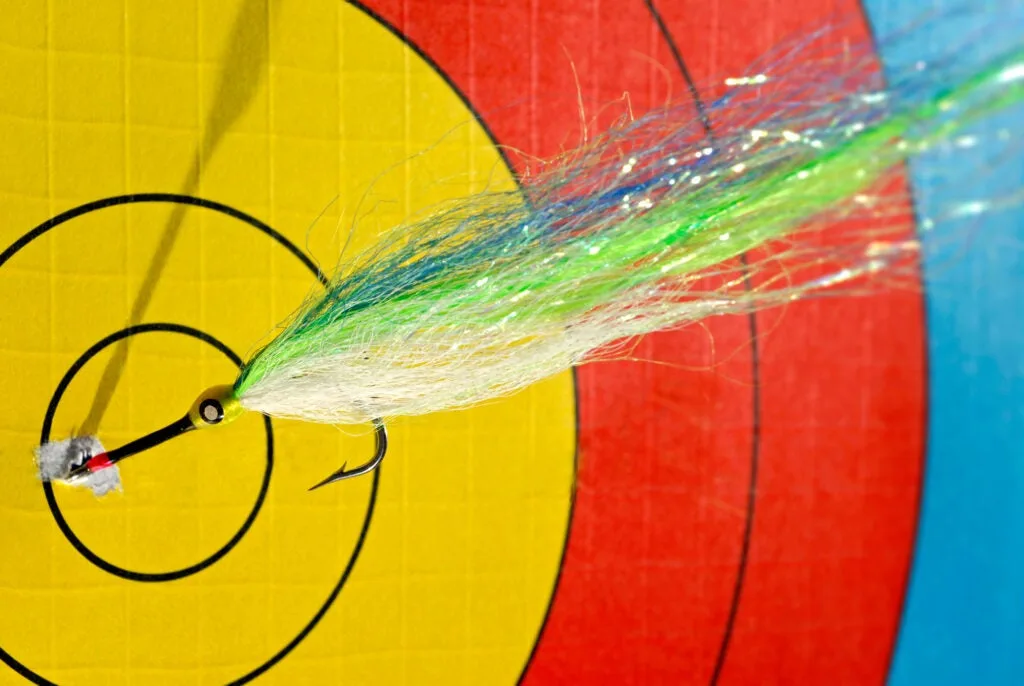
This tip will save you a pile of cash. Tim Romano
The next time you run out of dry shake, hit up the local sporting goods store or archery shop, and buy a big bottle of fletching powder. It’ll keep your dainty dry flies floating on the surface just like shake—but for a fraction of the cost. I usually get 10 shake refills out of one bottle of fletching powder. Make sure to keep your empty shake bottle, though, so you can keep reusing it. Fair warning: pouring the fletching powder into the shake bottle can be tough, and you certainly don’t want to inhale any of that stuff.
Keep ferrules from coming apart with candle wax
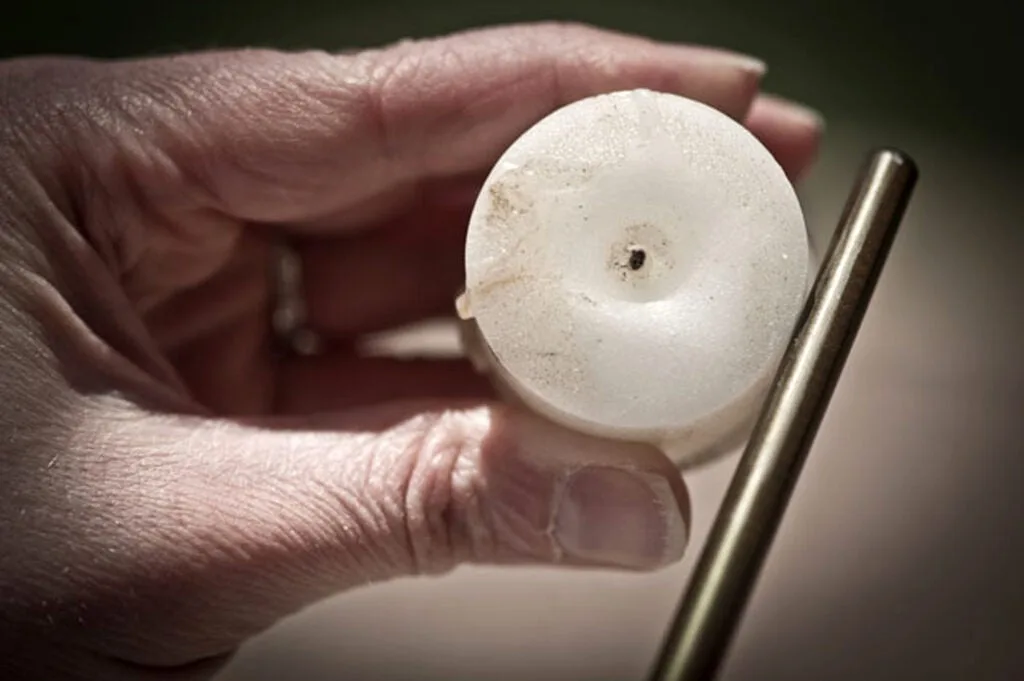
Secure those unruly ferrules with wax. Tim Romano
Sure, you can use pricey ferrule wax to keep your rod together when chucking big flies. Or, you can just apply a bit of candle wax to the male end of the ferrule when assembling your rod. This is my number-one trick to keep rods from breaking.
Make a portable rod holder for next to nothing
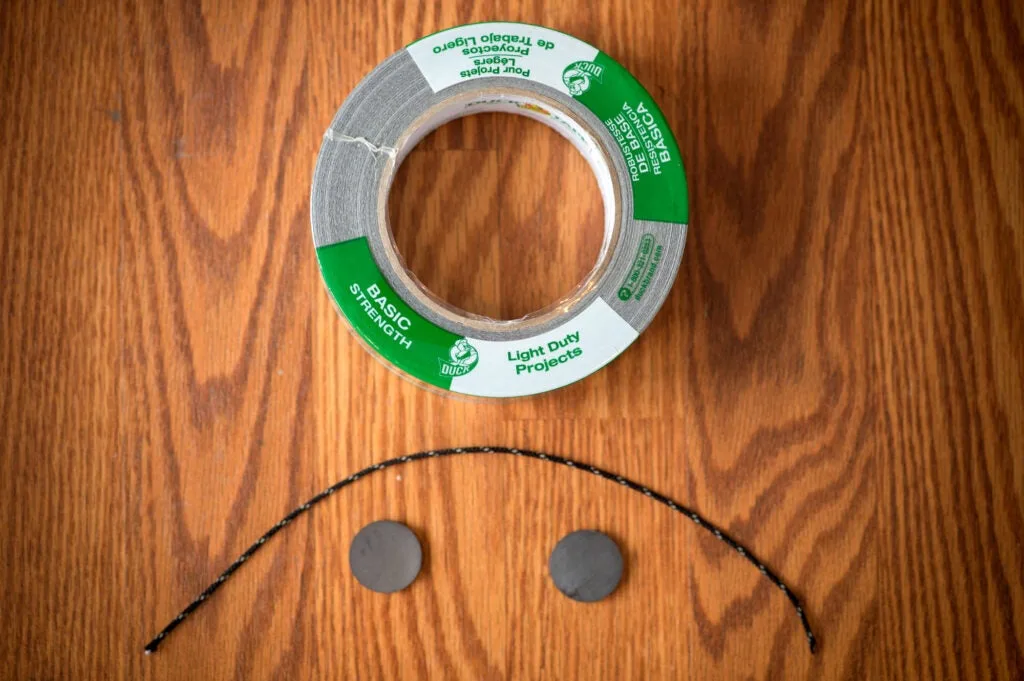
Three supplies are all you need to prevent your rod from being broken. Tim Romano
Admit it: you’ve broken a rod in the car door while rigging for a day on the water. Don’t feel bad—I’ve certainly done it. You can buy felt-backed magnets specifically designed for keeping your rod upright while you rig up. But a much cheaper solution is to spend a couple bucks at the hardware store and make your own. It’s easy: Get two stout magnets, paracord, and duct tape. Cut a 5-inch piece of paracord and wrap an inch or two of it around the magnets. Then, wrap some duct tape around the magnets to keep them from scratching your car. And you’re done. No more mishaps while rigging.
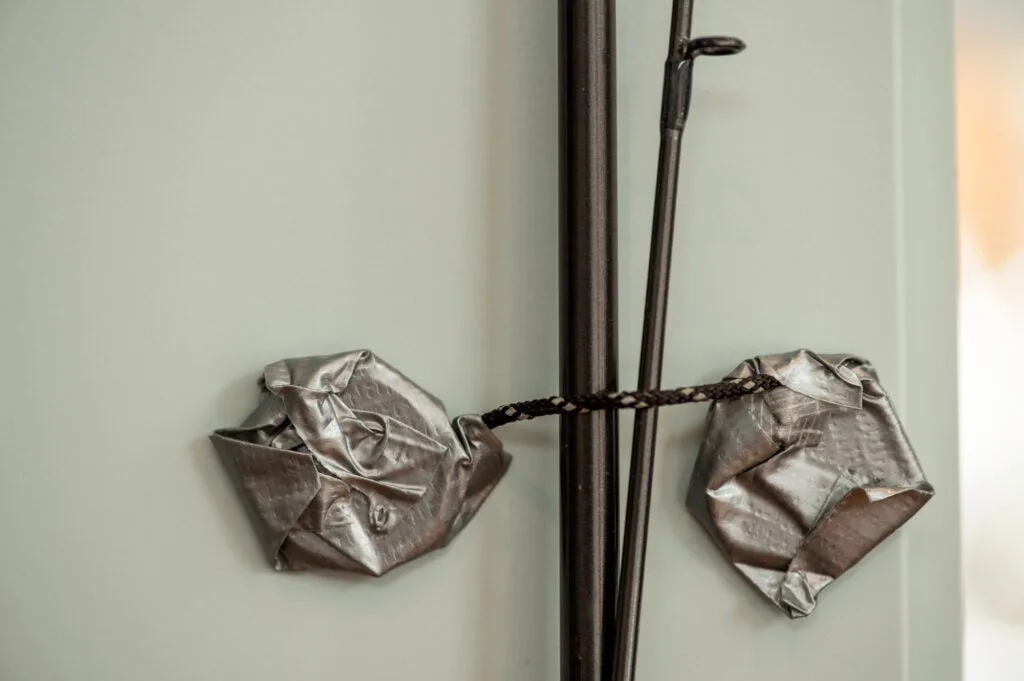
It should look something like this. Tim Romano
Fit two rods in a single travel tube
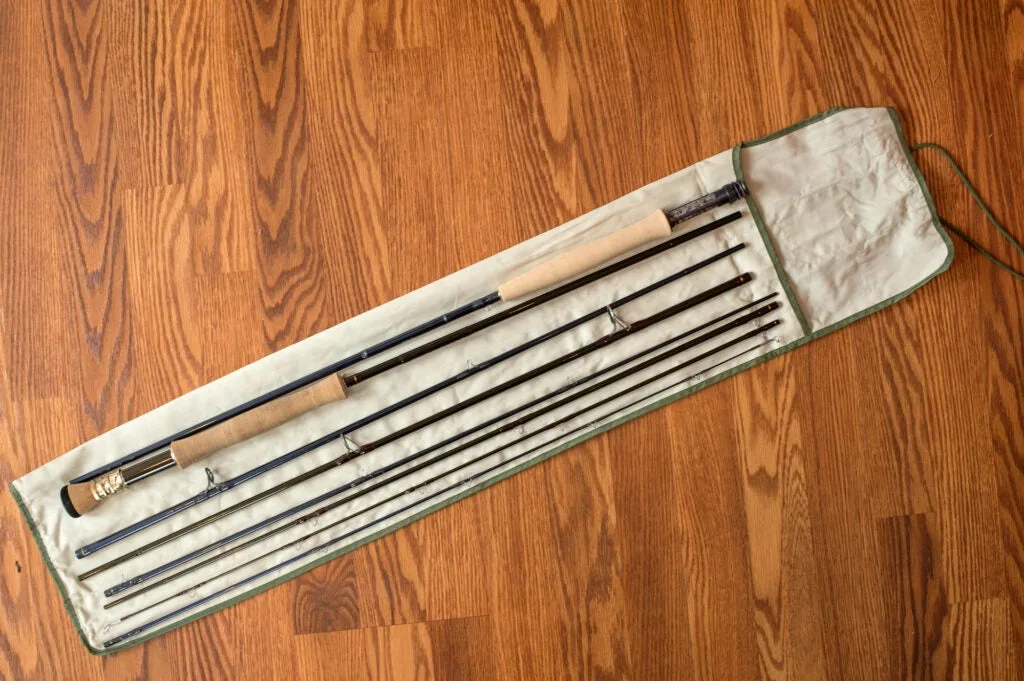
How to pack two rods with ease. Tim Romano
This tip won’t work for extra-large rods or rods with big fighting butts. But for medium and light models, it’s a great trick for fitting two rods in one travel tube. All you have to do is take one section of rod and match it with the corresponding section of the other rod. So, big section goes with big section, middle section with middle section, etc. Pair each piece of both rods together. The butt of each section should be touching the tip of the corresponding section, as pictured above. That way, the guides won’t knock into each other. Then, put the paired sections in one rod sock. If done correctly, the rods should fit in one rod tube. Sure, it can be a tight fit, but it usually works.
The many uses of a fly-reel cover
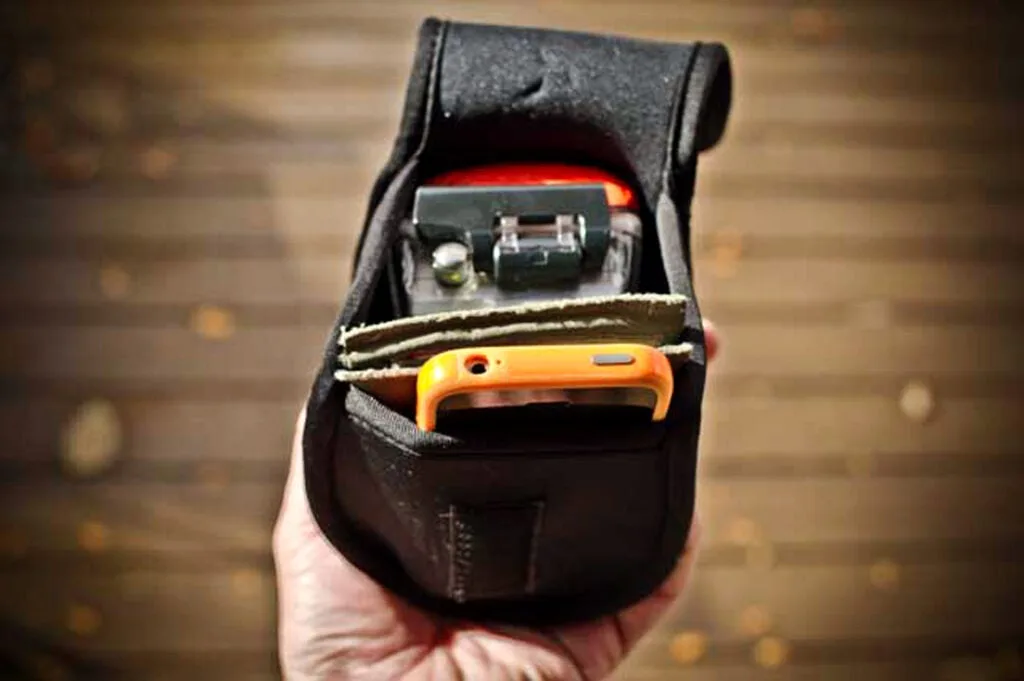
Put your reel covers to use as all-purpose storage pouches. Tim Romano
Almost all reels come with a neoprene cover. Sure, these covers do a good job of keeping your reel from getting dinged, but, personally, I think they serve a better purpose protecting other items, like camera lenses, cell phones, wallets, and small point-and-shoots. They’re a great way to keep your backpack organized; I’ll put my wallet, keys, and phone in one just to lessen the pile of junk at the bottom of my bag.
Longtime contributor Tim Romano is a photographer and the managing editor of Angling Trade _magazine. See more of his work here
._

